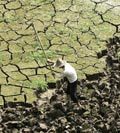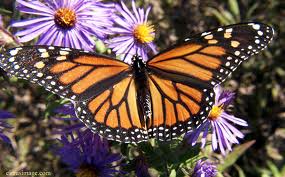[youtube]tbmbC8dXOiU[/youtube]
Grab some holly, deck your halls, heat up some mince pies, and then settle down to the last Climate Show of 2011. We look at the outcome of the Durban conference, discuss heavy rain in New Zealand and record-breaking weather extremes in the USA, and ponder the implications of news of more methane erupting from the seabed off Siberia. Glenn interviews Chris Paine, director of EV documentary Revenge of the Electric Car, and we round off the show with some optimistic news on possible energy solutions.
Watch The Climate Show on our Youtube channel, subscribe to the podcast via iTunes, listen to us via Stitcher on your smartphone or listen direct/download from the link below the fold…
Follow The Climate Show at The Climate Show web site, and on Facebook and Twitter.
Continue reading “The Climate Show #23: Durban and the return of the electric car”

 The IPCC released the summary for policymakers of its Special Report on Managing the Risks of Extreme Events and Disasters to Advance Climate Change Adaptation (SREX) in Kampala, Uganda, on Friday (
The IPCC released the summary for policymakers of its Special Report on Managing the Risks of Extreme Events and Disasters to Advance Climate Change Adaptation (SREX) in Kampala, Uganda, on Friday (
 James Hansen’s latest
James Hansen’s latest